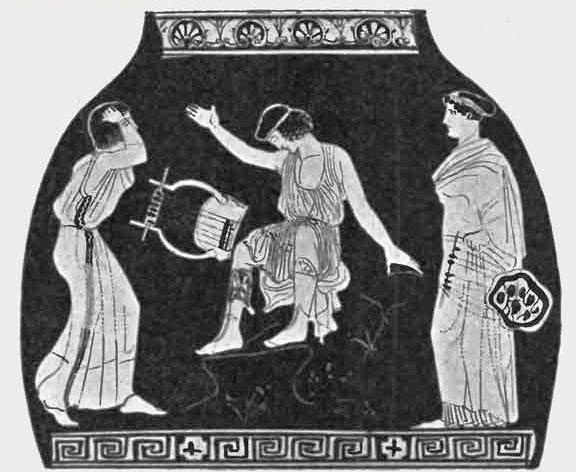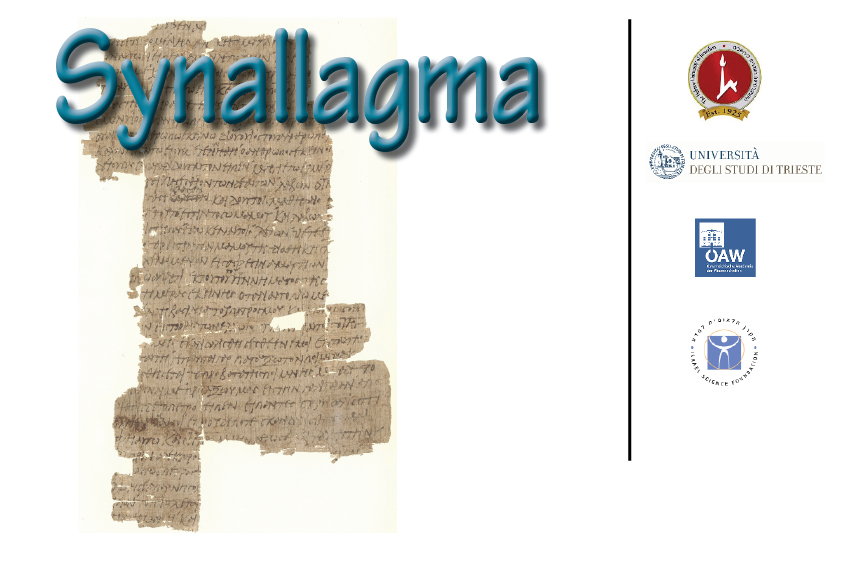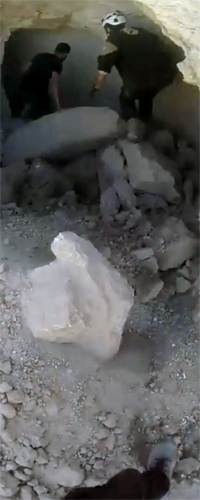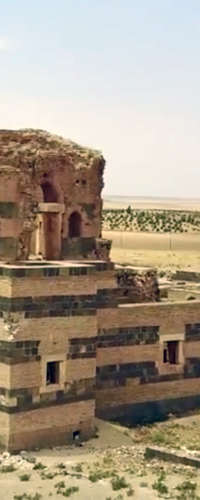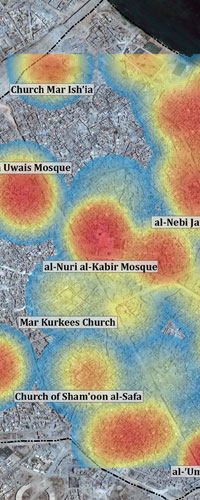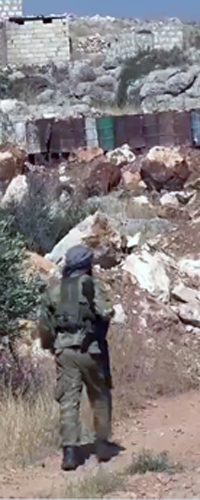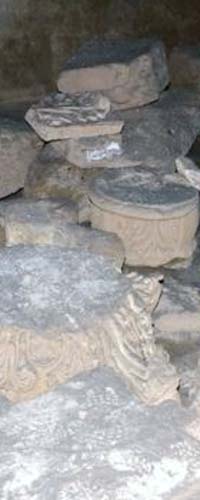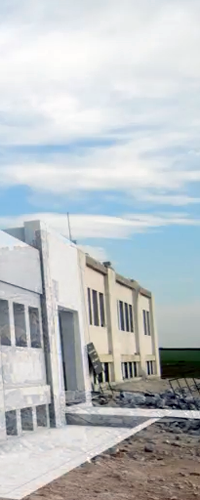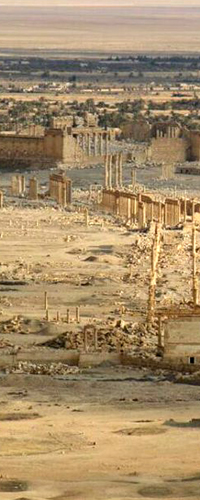[First posted in AWOL 1 July 2013, updated 3 November 2017]
Ancient History Encyclopedia
Ancient History Encyclopedia
Our Mission
Our mission is to improve history education worldwide by creating the most complete, freely accessible, and reliable history resource in the world.Our Vision
Studying history helps us gain a more nuanced understanding of the world we live in today. Our knowledge and interpretation of history shape how we define ourselves as nations and as cultures, and it influences how we see and interact with other cultures. We help people across the globe gain a deeper, fundamental knowledge of our interconnected human past in order to create curious, open-minded, and tolerant societies in the future.
Annual Reports
Openness and transparency are very important to us at Ancient History Encyclopedia. We're a non-profit company, and we receive kind support from our members and donors, after all! Through our annual reports, we hope to give our supporters and our readers the chance to see what we have achieved each year, and to demonstrate that we've managed our finances responsibly, always in the interest of fulfilling our mission.2016
2015
2014
2013
Prior to 2013, Ancient History Encyclopedia was not a company and did not generate any revenue.




















